Read my profile of Eli Smith on OZY.
0 Comments
You never know what you'll find in a box.
Midwife Problems, and Solutions, Part 2This is part 2 of a series on the history of midwifery in the U.S. and Sweden. Click here to read part 1.
In Baltimore city, over 150 midwives delivered over 4,000 babies a year, and in every city and town in the U.S., you could find a woman delivering a baby, calling herself a midwife. But just like there were no regulations for doctors, there were no regulations for midwives. Why didn't the U.S. regulate the medical profession? And what did that mean for the health and safety of babies and mothers?
(Hey! I'm trying something new here, with a series of short, interconnected posts based on research and archives I visited in the fall of 2015, relating to Swedish midwifery and comparing it to the U.S. Let me know what you think in the contact section.) Hanna Karlen arrived in Boston on October 11, 1901 with four pieces of luggage. She was 36, traveling alone. On the ship's manifest, Karlen called herself a nurse, a statement that wasn't totally accurate.
I always loved finding old greeting post-cards when I worked at the archive. What better day to share some of my favorites?Classic cupid cherubs are always a good choice for telling your valentine how much you care... But then, you can also get more original. These are two of my favorites. I couldn't decide if the one with the Dutch children is poorly translated, or if it is supposed to be wrong, as if they can't quite make their English flirting correct. And I've definitely printed copies of the tickle card. I find it such a great image of how couples had to flirt in the early 1900s.
When I was working in central West Virginia, I would often see these birds-eye view maps of small towns, like Buckhannon or Elkins. I quickly realized that there was no way the artist - the maps were signed T.M Fowler - could actually have been looking down on the city. There wasn't a hill or mountain at those angles, and he surely wasn't ascending in a balloon to get the right perspective. How did he do it?
Belair Aug 25th 1864 Today, Maryland is thought of as the Mid-Atlantic, with barely any relationship to the south. But the fact is that the state is south of the Mason-Dixon line, and before Washington, D.C. brought transplants from all over the United States, I've seen references to suburbs like Kensington and Silver Spring as being "sleepy southern towns." More importantly in the context of today, Maryland Emancipation Day, this was a slave-holding state, a fact that many people seem to forget when talking about Frederick Douglass, a fierce abolitionist who was enslaved and worked in the Inner Harbor of Baltimore City, or Harriet Tubman, a heroic Underground Railroad worker born on the Eastern Shore of Maryland. During the Civil War, the state also had many southern sympathizers, including the man who shot Lincoln, John Wilkes Booth (like Annie Davis, a resident of Bel Air, Maryland). "Slave Statistics," a record of the enslaved people in Maryland and their owners at the time of emancipation exists for some counties in Maryland, but not for Harford. I haven't been able to find anything else about Annie Davis in a brief search. I want to thank Mr. C.R. Gibbs and the Reginald F. Museum of Maryland African American History and Culture for the Maryland Emancipation Day Lecture, where Mr. Gibbs shared this powerful letter.
It's October! That means we can start with Halloween-themed posts, right? I was recently made aware of the fact that there are a number of sheet music covers with witches in the Lester S. Levy Collection at the Johns Hopkins University Sheridan Libraries Special Collections. So just in time for Halloween, I'll share some of them here!
Read my article on OZY.com about the Drunkometer.Not everything great can make it into an article, so I've included some more images and documents here on the blog! |
Come in, the stacks are open.Away from prying eyes, damaging light, and pilfering hands, the most special collections are kept in closed stacks. You need an appointment to view the objects, letters, and books that open a door to the past. Archives
April 2023
Categories
All
|
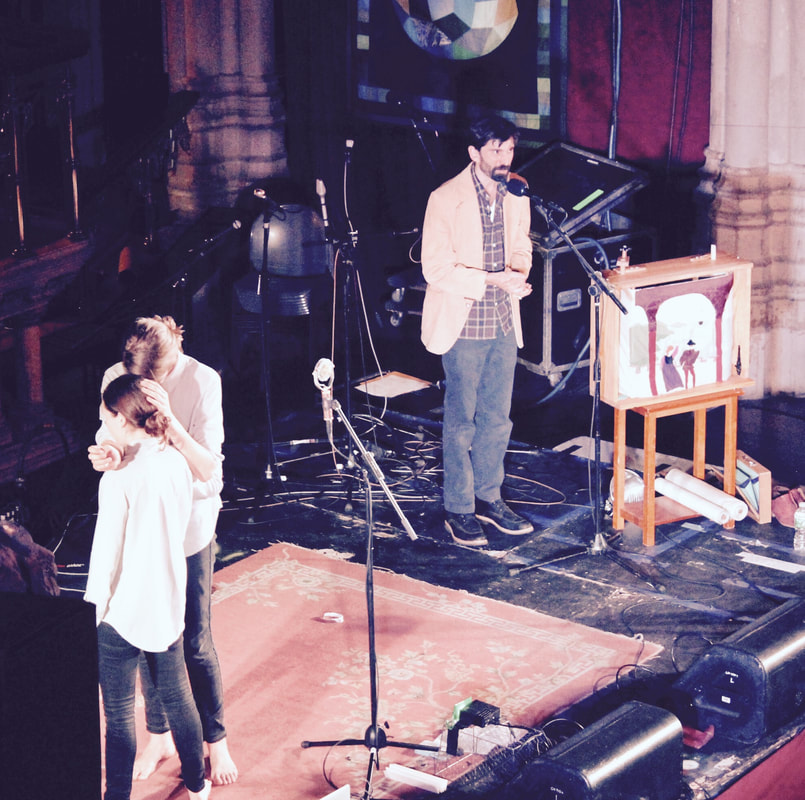
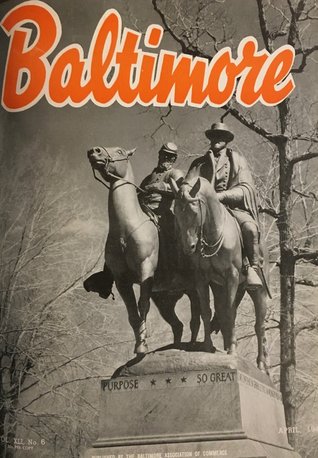
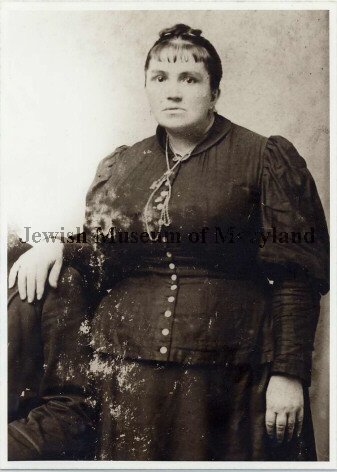
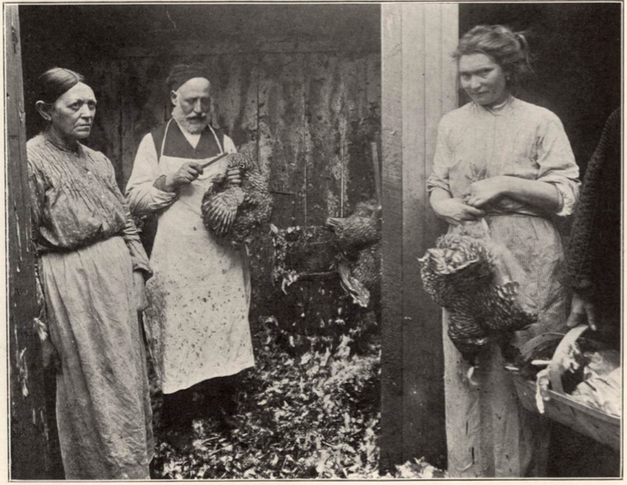
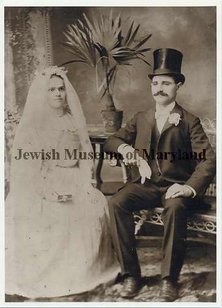
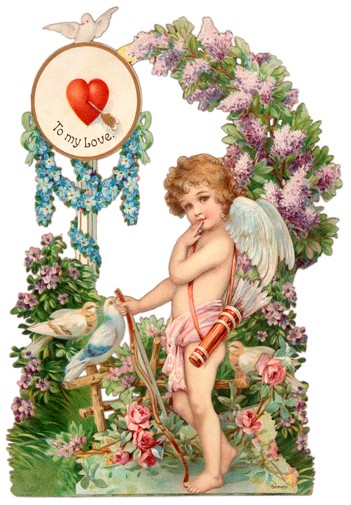
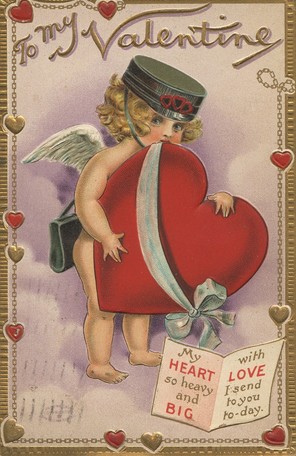
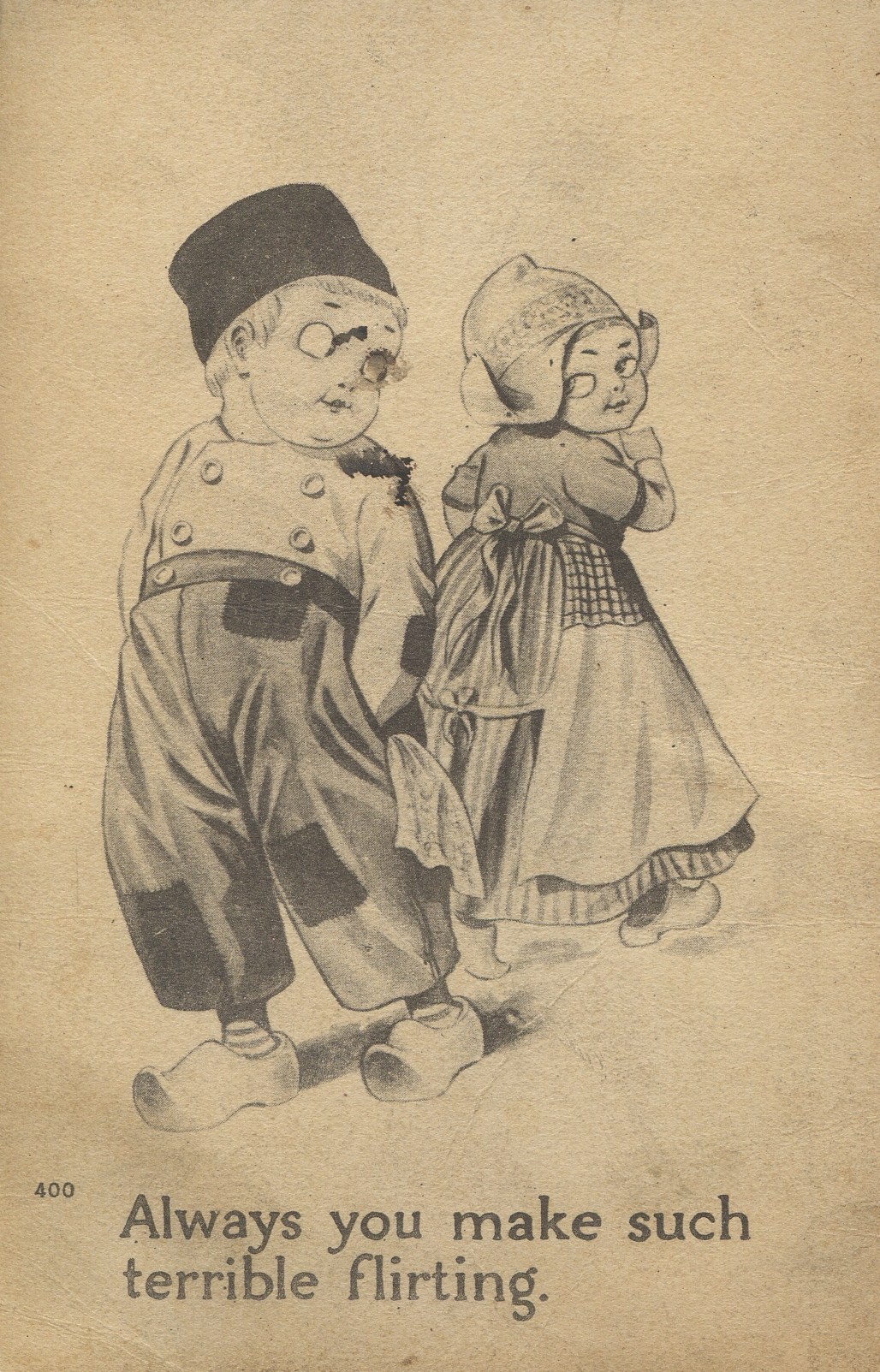
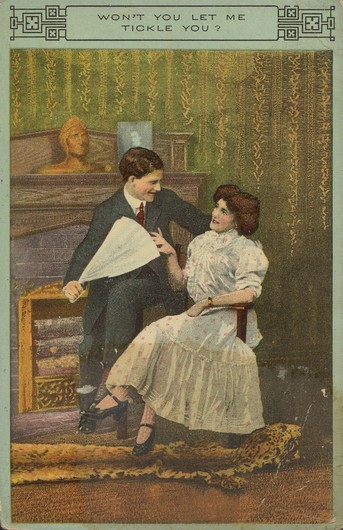
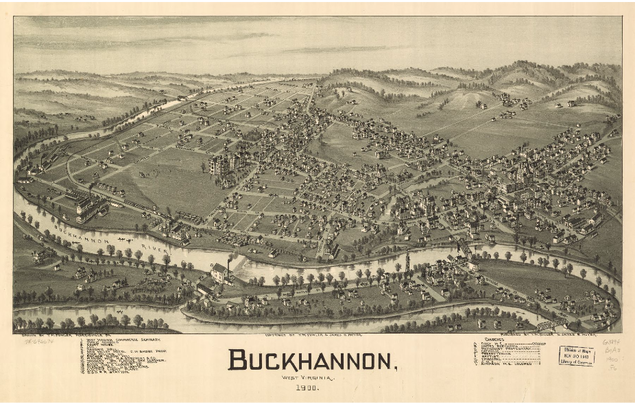
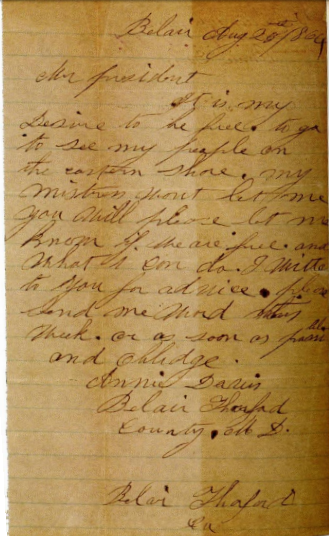
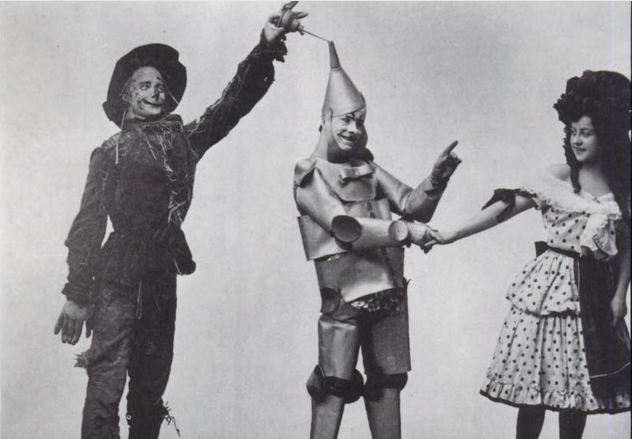
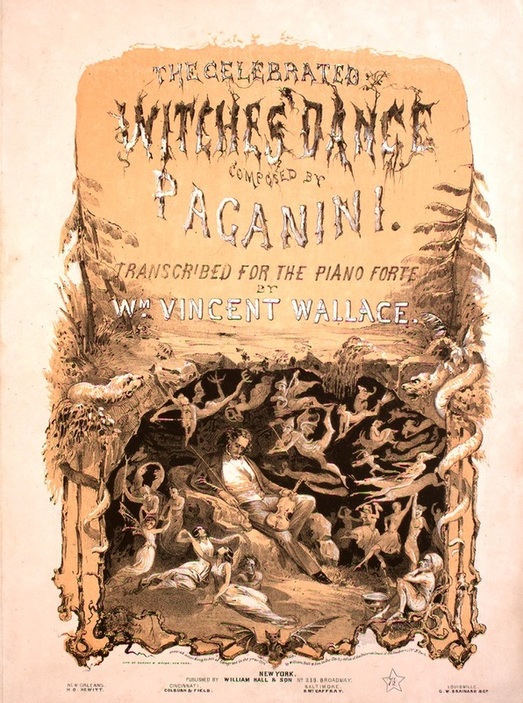
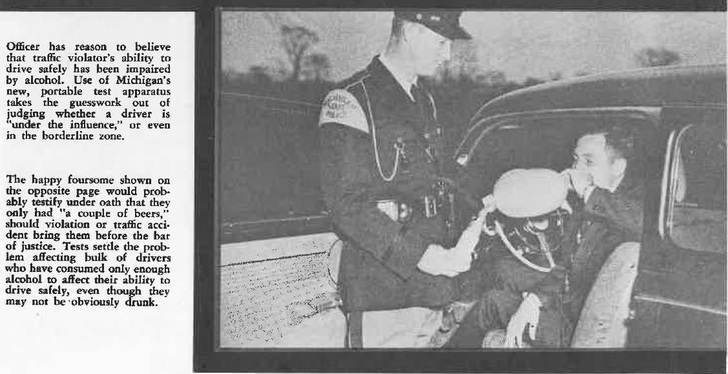

 RSS Feed
RSS Feed